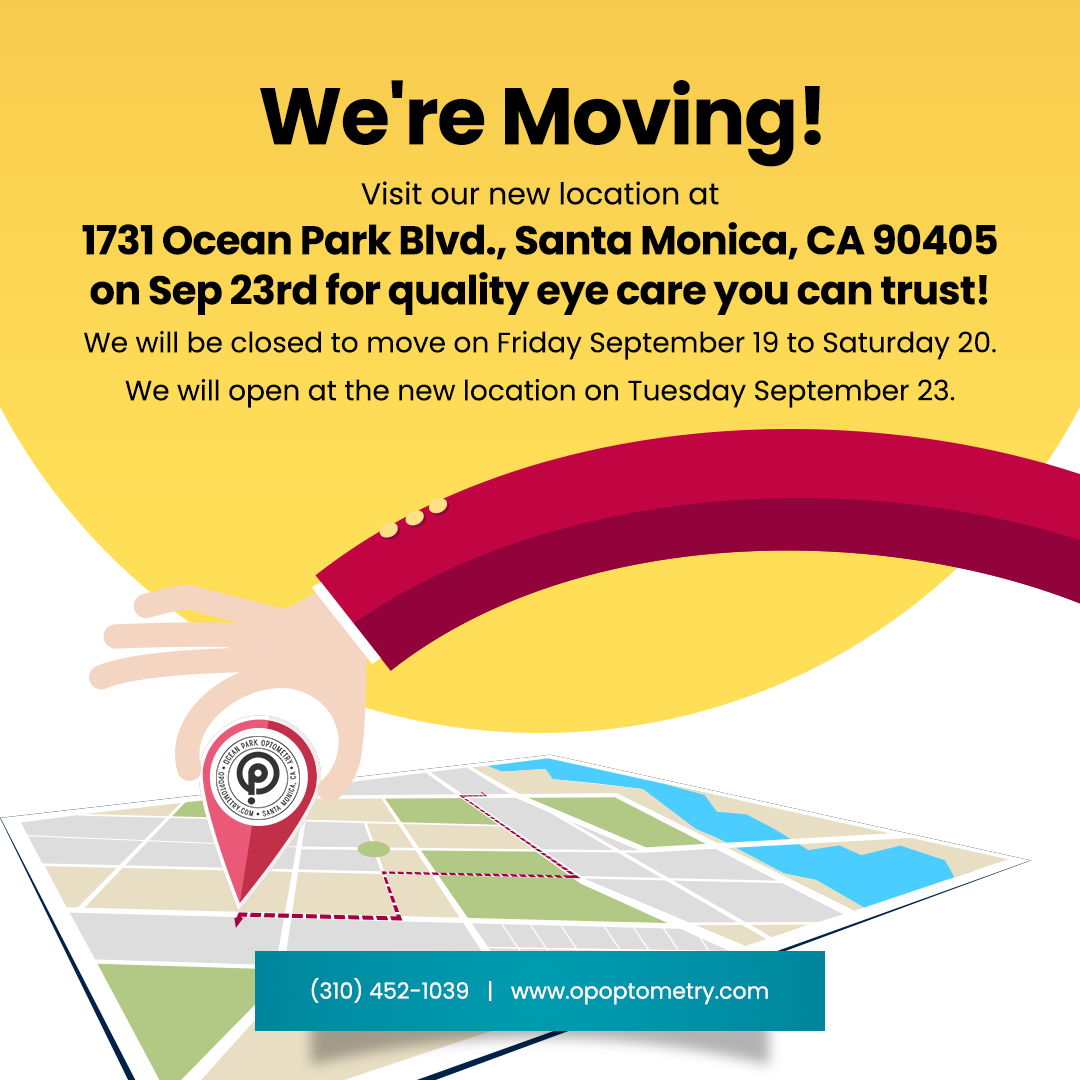Ocean Park Optometry Blog
Learn more about optometry care in our blog!

In today’s digital age, screen time is an integral part of daily life—whether it’s working on a computer, scrolling through social media, or binge-watching your favorite show. While these activities are convenient and entertaining, prolonged screen use can significantly impact your eye health, leading to a condition commonly known as dry eye syndrome.

Dry, irritated eyes can disrupt your daily life, making simple tasks like reading, driving, or even watching TV a challenge. If you’re struggling with persistent dry eye symptoms, you may have heard about Intense Pulsed Light (IPL) therapy as a potential solution. IPL has emerged as a groundbreaking approach to managing dry eyes, especially when caused by Meibomian Gland Dysfunction (MGD).

Keratoconus, a progressive eye condition where the cornea thins and bulges into a cone-like shape, can cause significant vision distortion and discomfort. For those living with this condition, finding the right solution to restore clear vision and manage symptoms is crucial. Scleral lenses have emerged as a game-changing option for individuals with keratoconus, offering both enhanced vision and improved comfort.

Intense Pulsed Light (IPL) therapy has become a popular and effective solution for managing dry eye syndrome, particularly for those with meibomian gland dysfunction (MGD). At Ocean Park Optometry, we’re committed to providing cutting-edge treatments like IPL to help you achieve long-term relief from dry eye symptoms. However, the results of IPL therapy don’t stop at the clinic. Proper post-treatment care is essential for maximizing the benefits of this advanced technology.

Keratoconus is a progressive eye condition affecting the cornea, the clear, dome-shaped surface of the eye. In people with keratoconus, the normally round cornea thins and bulges outward into a cone shape, leading to distorted vision and, in more advanced cases, significant visual impairment. Understanding keratoconus and the treatment options available is essential to managing the condition and maintaining quality of life.

Scleral lenses offer a remarkable solution for individuals with irregular corneas, dry eye syndrome, and other vision conditions that traditional lenses might not adequately address. Because of their size and design, scleral lenses can provide greater comfort and stability. However, they also require specific care routines to ensure they remain effective and comfortable. Here’s what you need to know about caring for scleral lenses to keep them in top condition and your eyes healthy.

Dry eye is a common condition that can cause discomfort, blurry vision, and even damage to the surface of your eyes if left untreated. For many, managing dry eye with over-the-counter drops or basic remedies is not enough. This is where innovative treatments like Intense Pulsed Light (IPL) come into play. At Ocean Park Optometry, we’re excited to offer IPL treatment for dry eye, a cutting-edge solution that targets the root cause of the condition.

If you or your child struggle with nearsightedness (myopia), you might be seeking alternatives to glasses or daytime contact lenses. One increasingly popular option is Orthokeratology, also known as Ortho-K. This non-surgical vision correction method involves wearing specially designed contact lenses overnight to reshape the cornea, allowing for clear vision during the day without the need for glasses or contacts.

Scleral contact lenses are a specialized type of contact lens that have become increasingly popular in recent years. These lenses are designed to provide an effective solution for individuals with various corneal and ocular conditions that cannot be adequately addressed by traditional soft contact lenses or eyeglasses.

Headaches can be a debilitating and frustrating experience, affecting millions of people worldwide. From throbbing migraines to persistent tension-type headaches, these painful episodes can significantly impact your quality of life. Understanding the root causes of your headaches is the first step towards finding effective relief.













